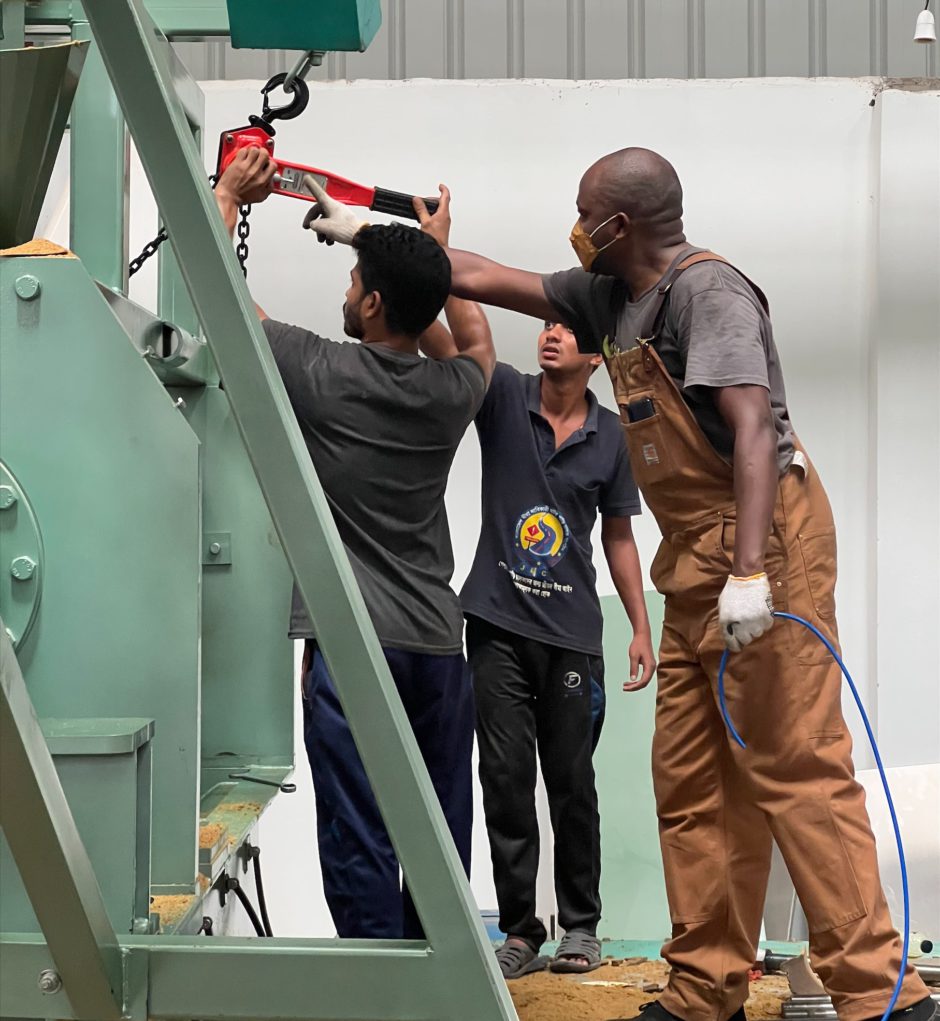Establishing a Soy Food Extrusion Facility

Establishing a soy food extrusion facility involves several steps including planning, site selection, construction, equipment purchase, hiring and training staff, and obtaining necessary licenses and permits.
Here’s a general overview of the process:
Planning:
Determine the type of extruded soy food products you want to produce and the target market. Insta-Pro mainly works with customers that want to produce Textured Soy Protein, Soy Flour or Corn Soy Blend. Conduct market research to identify the demand for the products in the area and the competition. Develop a business plan that includes financial projections, production capacity, marketing strategy, and operational details. You will want to do a cash flow analysis and feasibility analysis to determine if your projections and cost assumptions result in a profitable forecast for this business opportunity. Consult Insta-Pro for assistance with these analyses.
Site Selection:
Find a suitable location for your facility that has access to utilities, transportation, and raw materials. Ensure that the site meets zoning and building code requirements.
Construction:
Construct or retrofit the building to suit the needs of the production process, including areas for raw material storage, processing, packaging, and distribution. The construction should also include necessary amenities such as bathrooms, employee break rooms, and offices. You will want to make sure that your equipment provider knows the size of the building to make sure all the equipment will fit properly.
Equipment purchase:
Purchase the necessary extrusion equipment for soy food processing, including machines for cleaning, destoning, milling, extruding, pressing, cooling, mixing, and bagging. Make sure your equipment provider is reputable and willing to assist you throughout the installation process as well as during plant commissioning and training of operational staff.
Hiring & training staff:
Hire staff with the necessary skills and experience to operate the equipment and manage the production process. Provide training on safety procedures, quality control, and other essential aspects of the job. As a general guide, you will want 1-2 extruder operators working while the plant is operating.
Licensing & permits:
For food grade products and exports, it is often necessary to obtain the proper licenses and permits from the local and state authorities such as food processing permits, business licenses, and zoning permits.
Production:
Once the facility is operational, begin producing your product according to the business plan. Monitor quality control and production processes to ensure that the product meets the necessary standards. In the case of Textured Soy Protein, you will have an extrusion line for making the ExPress® Soy Flour, and another extrusion line for the texturization of the soy to form it into a mince or a chunk.
Marketing & Sales:
Develop a marketing and sales plan to promote the soy food products to the target market. Consider working with retailers and distributors to expand the reach of the products.
Remember that the process of establishing a soy food extrusion facility can vary depending on the size and scope of the operation, as well as local regulations and market conditions. It is essential to conduct thorough research, seek expert advice, and stay up to date on industry trends and best practices. At Insta-Pro, we often help guide start-ups and entrepreneurs, since we have seen this process carried out successfully over the course of several decades.
Please feel free to reach out to your Insta-Pro Sales Representative for more information.



